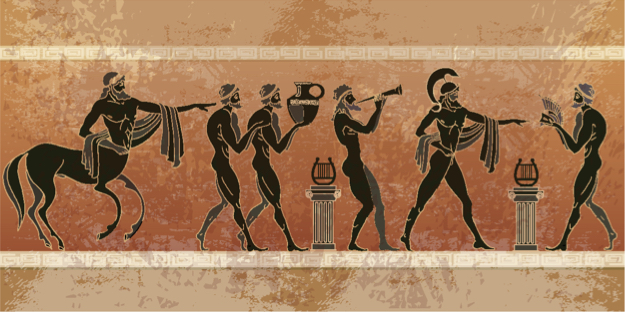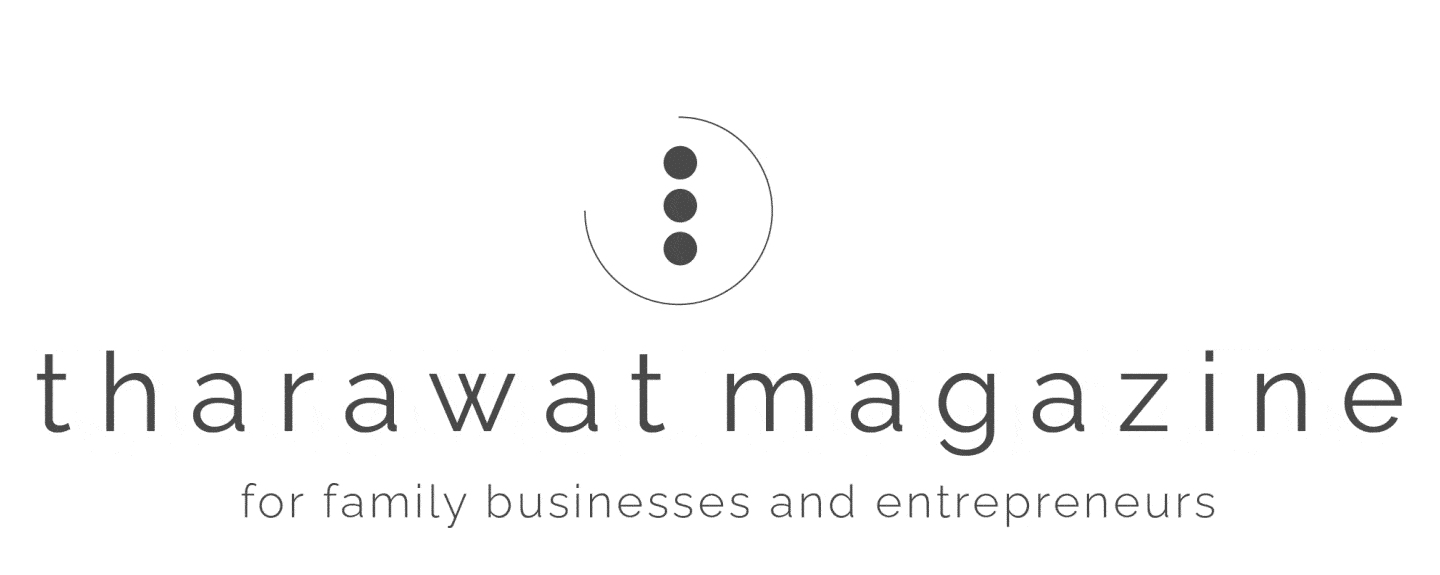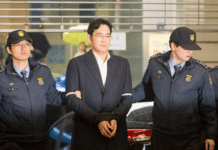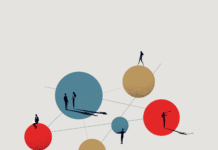
In 1949, anthropologist Joseph Campbell published “The Hero with a Thousand Faces”, completely revolutionising the way we understand stories. His groundbreaking work combined psychological elements proposed by Carl Jung about symbols and archetypes, with the identification of coincidences in religious passages, legends, traditions and tales from around the world, proposing the term monomyth as a universal mythological structure applicable to all societies or groups of individuals that have built, over at least three generations, a collective identity.
The Hero Archetype
Family businesses that foster a culture of intergenerational connections and a long-term vision include a strong set of family values and stories that are passed on to future generations. Throughout my consulting practice in the transformation of business families seeking to professionalise their management processes, the common elements in their narrative when reconstructing their stories were increasingly evident.
All of them, in some way or another, revolved around not so much the character as the myth of the founding entrepreneur and how they overcome adversity, grow and become the most important element of the narrative from whom everything depends on to build the origin of a shared heritage and the identity. And yes, there’s a clear relationship between the hero myth and the model of the entrepreneur as an agent of change of their cultural system. At some point in his extensive work, Campbell called the entrepreneur the ‘real hero’ in American capitalist society.
Regardless of the generation that is leading the business, whether this character is alive or not, or the current financial situation of the family wealth, we listen again and again to the same story: families in business building their own identity based on the Hero’s Journey.
The Hero’s Journey
Campbell describes the hero myth development based on their path through the different stages of a journey in seventeen stages, transforming them from an ordinary person into the bearer of justice for their community.
In the extensive catalogue that he describes in his work, he names the stories of the Buddha, Ulysses, the original African woman Massassi, Gilgamesh, Jesus or Quetzalcoatl as some of the examples of universal characters who identify with the pattern of the hero’s journey, which is divided into three basic stages or acts of narration: First Act (separation from the world), Second Act (penetration to a type of power source) and Third Act (the return with a grown life). Decades later, writer and film producer Christopher Vogler, in his book “The Writer’s Journey: Mythical Structures for Writers,” simplified Campbell’s steps to a total of twelve stages in three acts, delivering a guide that has worked as the benchmark par excellence to build stories that everyone can identify with, understand and integrate into a modern narrative experience (including heroes such as Frodo Baggins, Luke Skywalker, James Bond, Wonder Woman or Butch Cassidy and the Sundance Kid).
The Óscar Centeno Journey
Having this model, we present a case study (fictional names and locations), using the timeline of sequences of landmarks, places, characters and values, among other data, identifying throughout the story of the family business history most of the phases, archetypes and steps of the protagonist’s journey: Óscar Centeno, Mexican architect founder of a real estate empire that arose from the effort of his dedication to work and the unconditional support of his wife.
The information was collected from Óscar’s widow (he died five years ago), their two sons and their daughter, in sessions where the data was sorted as the information was generated organically, with temporary leaps forward and backwards, until a coherent composition based on the model that we have previously explained was created. Here is a summary of the story told by the Centeno family:
Act One
Óscar was born in the 30s into a very humble farming family from a small town in northern Mexico, near the border with the United States (Ordinary World). Óscar, the youngest of eight brothers, always had the feeling that one day he would leave town and go to the big city to study. His brother Aurelio (the teacher’s archetype, the Meeting with the Mentor), five years older, had become his tutor by giving him advanced classes that he was not given at school.
It was he who encouraged him to enrol in the architecture school, supporting him financially so that he could complete his degree. Upon graduating from college, he found a low-paying job in a Monterrey office and married Margarita Gómez, whom he met just before graduation. Aurelio arranged for his brother to receive a job offer in Tijuana (Call to Adventure), but Aurelio initially discarded it (Refusal of the Call), because he did not want to detach himself from the family of his wife with whom he got along very well, only support he had in a city where he had no relatives. Finally, he accepted the proposal because they doubled his salary offer, and the young couple went to live with great hopes in a city they had never been before (Crossing of the First Threshold).
Act Two
From the beginning, Óscar stood out as a designer and supervisor of construction works in a buoyant city that was growing non-stop in the late 1960s. Always supported by his bosses and coworkers, not discounting any other member of the competition who wanted to take away the opportunities of new projects (Tests, allies, enemies), Óscar was breaking through, creating a faultless professional prestige.
In 1976, having raised some capital, he decided to found his own construction company, starting with small orders for houses and commercial offices. Little by little, he found a niche in the high-end shopping malls of the city, until, in the early 80s, an American investment group arrived at Tijuana looking for a local partner who wanted to invest with them in the first mega mall of the city.
Óscar had never been part of a project of such magnitude and complexity, but he never doubted that he and his company could meet the challenge. Pawning all his savings and looking for loans to be able to offer the economic guarantees that investors demanded, Óscar risked all of them in the project (Approach to the Inmost Cave). For three years they were working hard in construction, with great technological and economic challenges, to the point that Óscar had to be admitted to the hospital for overwork, six months before the opening of the mall: he almost died of a heart attack, because his heart had been subjected to a high level of stress.
From the window of his hospital room, he reflected on the fragility of his health, the well-being of his family and the future of the company. Finally, making a great effort, he returned to work and led the final phase of the project (Ordeal). With this business achievement, and having exceeded the forecasts of economic benefits, Óscar’s company positioned itself as the undisputed construction leader in the region, reaping successes and attracting significant investment capital (Reward).
However, his health was never the same again. An unfortunate fact that made it notably worse was the betrayal of his secretary (the archetype of the shapeshifter), who managed to flee the country with several thousand dollars that he stole from the funds of one of the projects, which plunged Óscar into a depressive state, despite the fact that his company recovered without any problem since two of his sons had already joined the company’s management, helping him to lead it and to diversify investments. Finally, and against his iron will to continue in command, he decided to withdraw completely from the operation and move to a more passive plane, in accordance with the recognition of his hierarchical status and health (The Road Back).
Act Three
He returned to caring for his wife, whom he had neglected for the past two decades, retiring to a ranch on the outskirts of the city. From there he created a foundation that would bear his name to support young talents who needed financial support to complete their architectural studies (Resurrection). After her death in 2015, her children (who now run the Family Office and family businesses), as well as her grandchildren, have ensured that the community can continue to enjoy his legacy through the publication of his writings and reflections, as well as his generosity and justice, giving life and continuity to the Óscar Centeno Foundation (Return with the Elixir).
Learning from the Myth
Applying the Hero’s Journey model for understanding the principles of the family business culture and sharing powerful creative conversations while constructing their origins helps to order and give coherent meaning to the story and its message and values. Some of the collected lessons include:
For the founders:
The hero must return.
The hero must share the elixir with others.
The hero needs and deserves recognition.
The hero’s legacy is based on their values.
For the next generations:
We all can be a hero.
It’s okay to be afraid.
You’re not alone.
A defeat is not the end of the road.
Shared stories can serve as an important means of transmitting and reinforcing the founder’s path from generation to generation and preserving it over the long term. As storytellers become responsible for the shared legacy, each family can transform the myth and feed a group image of their past, of their known or lost origins in time.
A focus on shared stories lends legitimacy to a broad spectrum of decisions, empowering family members of each generation with the motivation to commit to the long-term success of the company and overcome their own obstacles.
The hero’s journey in particular as a healing tool is based on the power of the monomyth, pieces of information that have supported the life of man, civilisations and religions formed throughout the millennia, and have to do with deep internal problems, internal mysteries, thresholds of passage.
Sharing these stories in a coherent way helps consultants or coaches to make the unconscious conscious, easing concerns such as “I cannot be better than my predecessors”, or “I want to do something significant or purposeful”, or “I have not earned my wealth” or “My gifts are not appreciated, and my legacy is in danger” can be resolved by understanding the origin and destiny of the identity of the individual in the collective story. In the words of Joseph Campbell: “Myths are clues to the spiritual potential of human life”.









